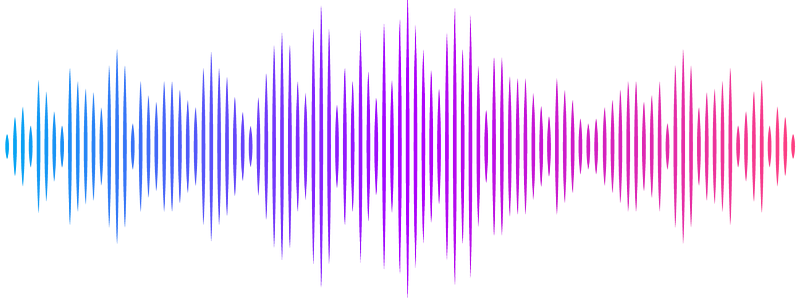DTractor enhances cell type deconvolution in spatial transcriptomics by integrating deep neural networks, transfer learning, and matrix factorization

DTractor enhances cell type deconvolution in spatial transcriptomics by integrating deep neural networks, transfer learning, and matrix factorization
Kweon, Y. J.; Liu, C.; Fonseca, G.; Ding, J.
AbstractSpatial transcriptomics (ST) captures gene expression with spatial context but lacks single-cell resolution. Single-cell RNA sequencing (scRNA-seq) offers high-resolution profiles without spatial information. Accurate spot-level decomposition requires effective integration of both. We present DTractor, a deep learning-based framework that improves cell-type deconvolution in ST data through spatial constraints and transfer learning. DTractor achieves dual utilization of scRNA-seq reference data by incorporating both a cell-type-specific gene expression matrix and learned latent embeddings into a unified matrix factorization model. This joint modeling enables accurate estimation of cell-type proportions and cell-type-resolved gene expression within each spatial spot, while preserving biological and spatial coherence. DTractor further applies spatial regularization to maintain local tissue structure. Across multiple ST platforms and tissue types, DTractor demonstrates improved decomposition accuracy, robustness, and interpretability compared to existing methods. The results from DTractor support downstream applications such as spatial domain analysis and the study of spatially organized cellular behaviors.